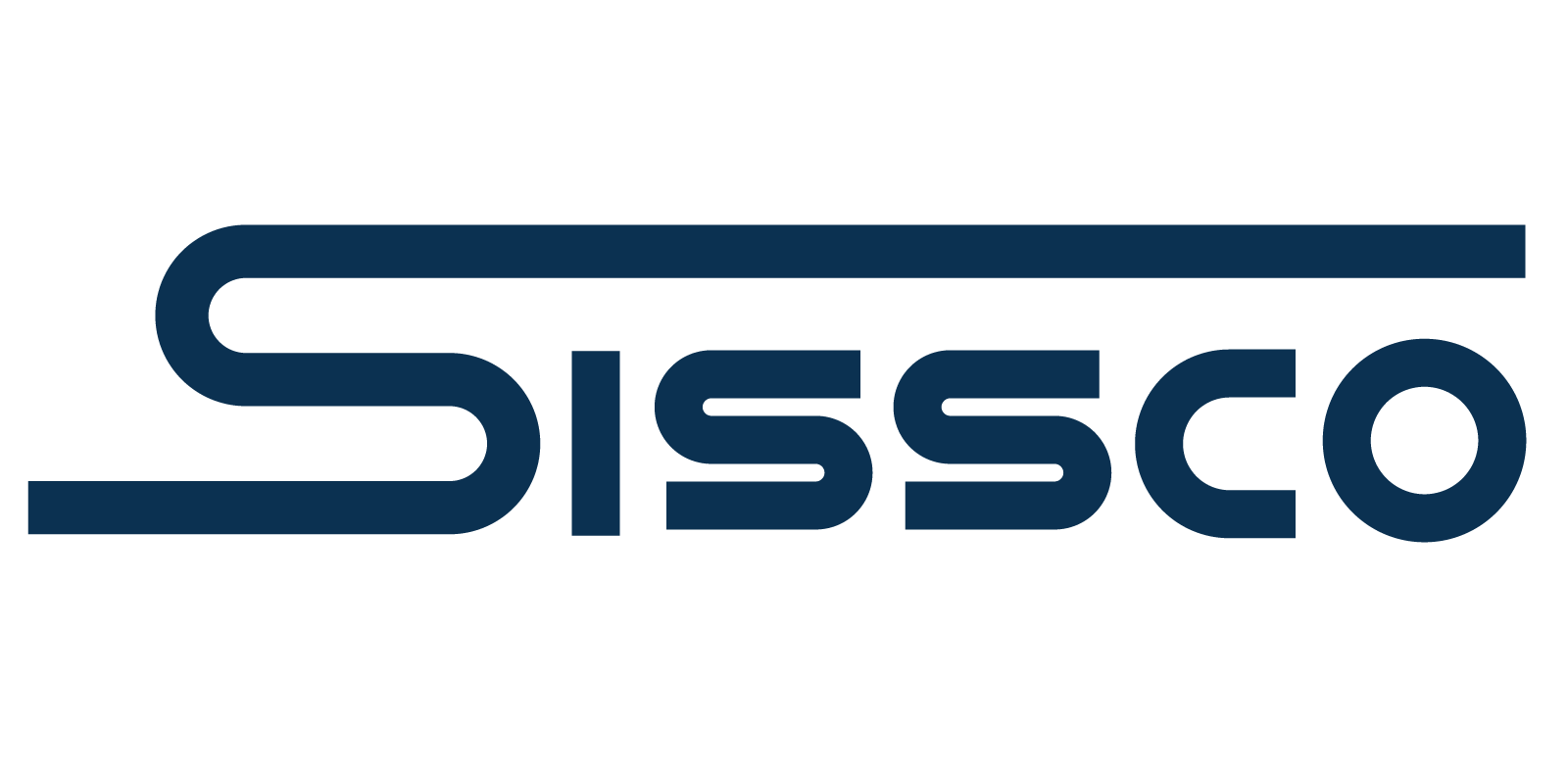Every time an overhead crane travels across its runway, wheels transfer thousands of pounds of pressure directly onto the rails. If a single wheel bore is off by even a fraction of a millimeter, it creates uneven force distribution. This imbalance causes the wheel flange to scrape along the rail head, subtly but consistently chipping away microscopic flakes of steel. The early signs of misalignment often remain invisible, but within months, vibrations increase, motors strain harder, and bearings overheat. In busy facilities, the first obvious warning might only appear when a wheel suddenly fractures during an important lift, causing unexpected downtime and significant risk.
Fortunately, this destructive scenario is entirely avoidable. Modern precision machining techniques ensure wheels remain concentric within extremely tight tolerances, such as a few hundredths of a millimeter. Leading manufacturers, such as EMH, emphasize the use of numerical control boring machines to ensure accurate alignment. Precise wheel alignment is more than good practice—it’s essential life support for overhead cranes, extending equipment life, improving safety, and reducing operational costs.
How Misalignment Begins
Understanding the causes of wheel misalignment is essential because these issues don’t resolve on their own—they intensify. Early identification is crucial for preventing costly repairs and operational downtime.
- Manufacturing Shortcuts:When manufacturers use manual equipment instead of precise CNC mills, wheel bores can become slightly oval instead of perfectly circular. Once installed, that tiny error magnifies as uneven rotation, causing premature wear and subtle performance declines that steadily worsen.
- End Truck Welding Distortion:Even skillful welding introduces intense heat, distorting wheel boxes and frames. If post-welding stress relief procedures are neglected, these distortions remain permanent. As a result, wheels become permanently misaligned, increasing lateral forces that damage wheels, rails, and bearings prematurely.
- Runway Irregularities:No runway remains perfectly straight over its lifetime. Subtle dips, twists, or height differences gradually cause crane wheels to become misaligned. Over months, wheels adapt to these irregularities, and the original geometry is permanently lost, escalating wear and reducing overall system efficiency.
- Impact Events:Every facility has experienced minor collisions with end stops or obstructions. Even small impacts can shift wheel alignment imperceptibly. Bearings move slightly on shafts, and wheels tilt by fractions of degrees, beginning an escalating cycle of damage.
The Physics of a Small Error
To appreciate the severe consequences of slight misalignments, consider a typical 40-foot overhead crane bridge traveling at 80 feet per minute, carrying a 10-ton load. With perfect alignment, rolling resistance is minimal and manageable. However, introduce just one degree of skew on one wheel, and the lateral forces from the flange scraping the rail can exceed 200 pounds every wheel rotation. That consistent, repetitive force rapidly damages rails and wheels, significantly increases power consumption, and introduces unpredictable crane movement, creating hazardous conditions and costly repairs.
Damage Progression Timeline
Damage caused by misalignment doesn’t happen overnight—it follows a predictable escalation.
- Months 1–2:Slight squeal and rail polish as wheels begin to scrape lightly against rails.
- Months 3–4:Hot spots and fine metal dust accumulation as wheel treads rapidly deteriorate.
- Months 5–6:Motors draw significantly higher current, indicating strain on drive gears and gearbox seals.
- Months 7–8:Visible deformation such as rail lip peening and uneven gaps due to severe alignment drift.
- Months 9–12:Excessive bearing noise, vibrations, and heightened risk of complete bearing or wheel failure.
Verification Methods That Work
Avoiding these issues demands regular alignment checks. Using effective verification methods can proactively prevent severe damage.
- Laser Tracker Survey:Quickly assesses rail and wheel alignment to high precision, easily detecting skew and other irregularities within hours. This method significantly reduces troubleshooting time.
- Dial Indicator Run-out Test:A straightforward test that involves placing a dial indicator against wheel treads. Any deviations exceeding three-thousandths of an inch indicate significant misalignment, prompting immediate corrective maintenance.
- Thermographic Scan Under Load:Thermal imaging can spot friction-induced heat, identifying alignment problems well before visible damage appears. Early detection prevents the need for expensive wheel and rail replacements.
- Motor Current Comparison:Routine measurements of motor currents can detect misalignment early. Higher current draw indicates increased friction and drag caused by poor wheel alignment.
Alignment Specifications You Should Demand
Clearly defined alignment tolerances have a direct impact on crane lifespan and performance. Insist upon and verify these tolerances.
- Bore concentricity to shaft:≤ 0.0015 inches ensures stable rotation.
- Faceplate perpendicularity:≤ 0.05 degrees prevents harmful wheel tilt.
- Wheel-to-wheel spacing:± 1/32 inches prevents skew and dogtracking.
- Rail straightness over 20 ft:≤ 1/8 inches ensures consistent travel spans.
- Rail elevation difference:≤ 3/8 inches across the entire span prevents destructive twisting.
Cost Comparison of Misalignment vs. Proper Alignment
Misalignment costs quickly add up. Consider these direct cost comparisons over five years:
| Item | Misaligned System | Correctly Aligned System |
| Annual Power Cost (50 hp drive) | $14,800 | $12,200 |
| Wheel & Rail Replacement Cycle | Every 18 months | Every 5–7 years |
| Average Unplanned Downtime | 24 hours per year | 6 hours per year |
| 5-Year Total Ownership Cost | ~$210,000 | ~$115,000 |
An upfront investment of approximately $12,000 in precision alignment results in nearly $100,000 savings in direct costs, significantly lowering total ownership expenses.
Real-World Example
A central New Jersey fabrication shop recently experienced frequent crane stalls mid-operation. A laser alignment survey quickly revealed that one wheel trailed by an eighth of an inch, resulting in rail spread and excessive motor strain. After reboring the wheels, shimming the rails, and grinding away the rail lips, the motor current dropped by 11%, and the crane performed reliably for over two years without further issues.
Action Checklist for Plant Managers
- Schedule alignment audits every 2,000 operational hours.
- Insist upon documented bore concentricity from crane manufacturers.
- Measure and document motor current immediately following collision events.
- Train operators to immediately report unusual sounds or operational hesitations.
- Maintain spare wheels onsite to minimize downtime during replacements.
Wheel alignment isn’t a mere maintenance step—it directly determines whether an overhead crane installation in NJ will provide reliable service for decades or cause continual operational disruption. Precision machining and regular alignment audits ensure ideal geometry, significantly extending equipment life, reducing maintenance costs, and ensuring safe and reliable operation. For facilities dependent on overhead cranes, treating alignment as life support rather than routine maintenance ensures continuous productivity and safety. Make alignment a fundamental investment, and you’ll reap the benefits for years to come.



